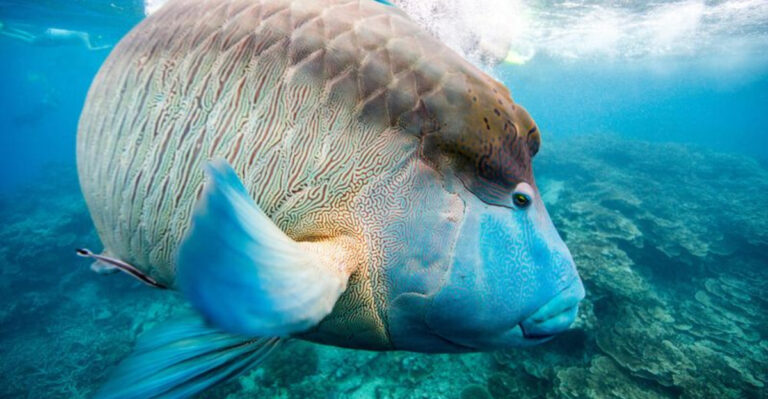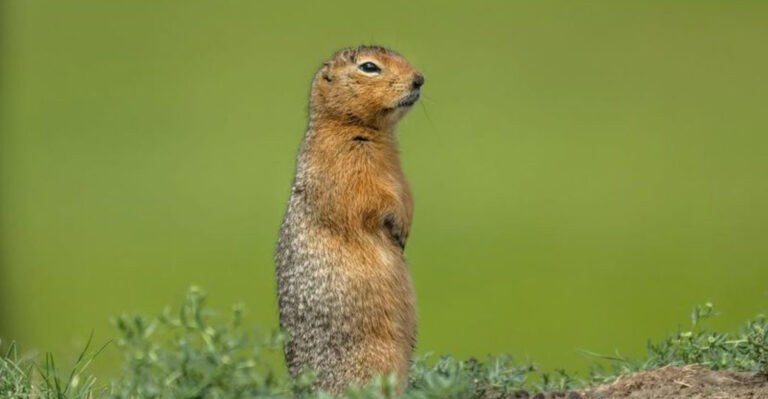Key Habitat Protections For Endangered Species Could Be Lost Under New Rule
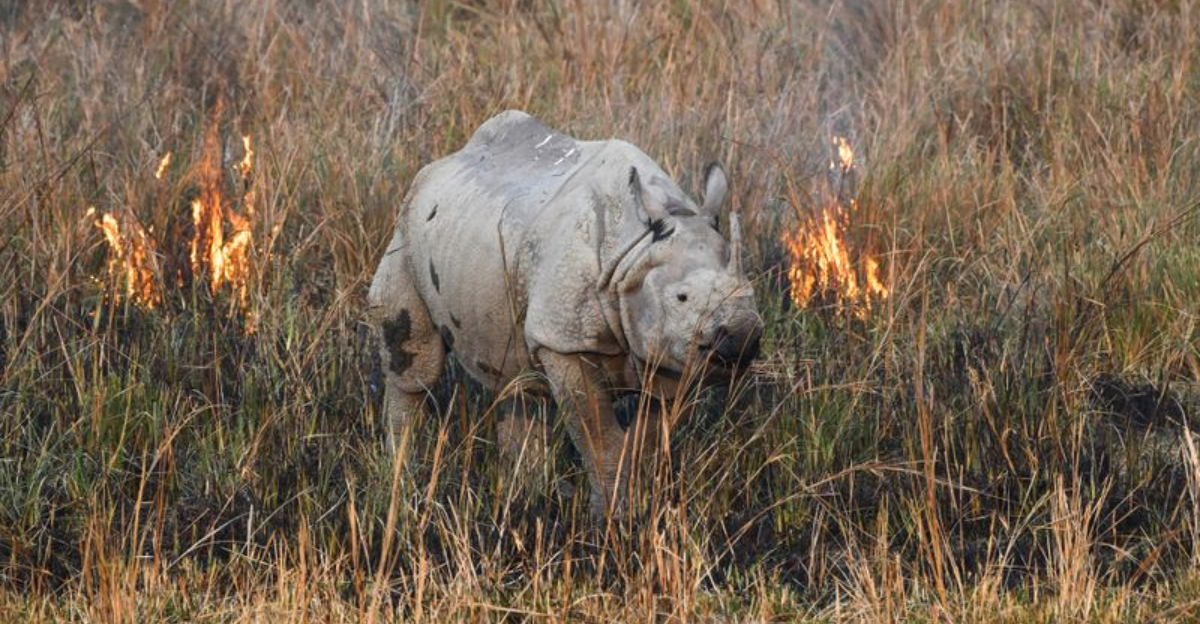
Wildlife across America faces a new threat as changes to the Endangered Species Act loom on the horizon.
For nearly fifty years, this landmark law has shielded vulnerable plants and animals from habitat destruction and other dangers. Now, a proposed rule change could strip away vital protections that have helped species recover from the brink of extinction.
1. Critical Habitat Designations Under Fire

The cornerstone of wildlife protection may soon crumble under regulatory changes. When an area receives a “critical habitat” designation, it gains special protections that limit development and harmful activities.
These designated areas serve as lifelines for endangered species, providing safe spaces to feed, breed, and recover. Without them, many creatures would face immediate threats to their survival in an increasingly developed landscape.
2. Economic Considerations Trumping Science
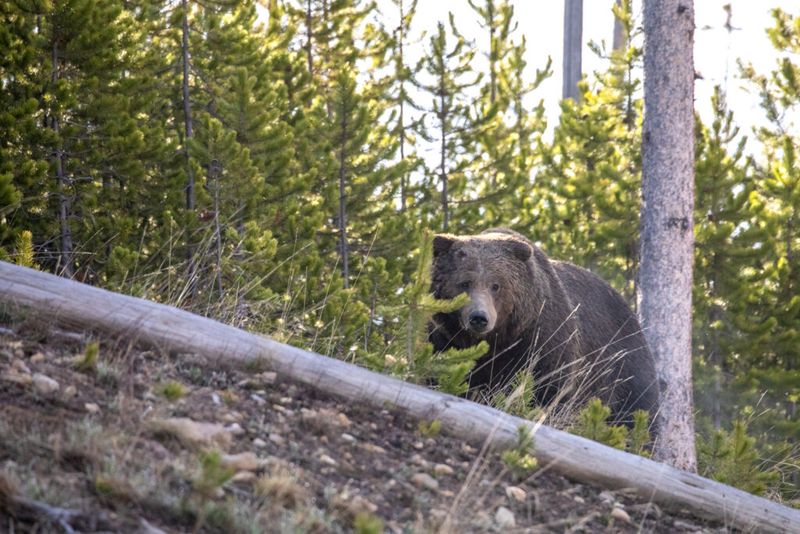
Money talks, especially in the new proposal that would prioritize economic impacts over biological needs. Federal agencies could soon reject habitat protections simply because they might cost too much.
This represents a fundamental shift from science-based conservation to profit-driven decision making. Species recovery experts warn that allowing financial concerns to outweigh scientific evidence could accelerate extinction rates across vulnerable populations.
3. Narrower Definition Of Habitat

The rulebook is changing in ways that limit where species can receive protection. Regulators want to define “habitat” only as areas where species currently live – not where they might need to move as climate changes.
This shortsighted approach ignores migration corridors and future refuge areas. For example, polar bears might lose protection for ice-free zones they’ll need as Arctic melting continues, essentially trapping them in shrinking territories.
4. Rollback Of The “Harm” Definition
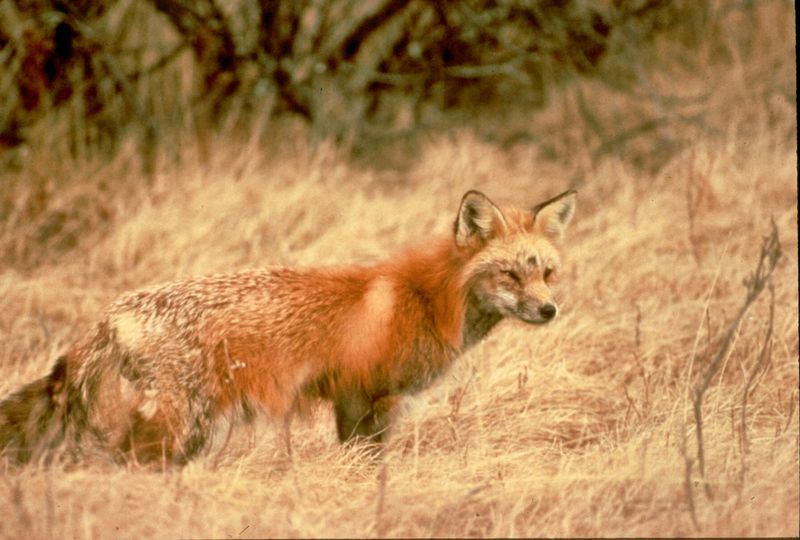
Words matter tremendously in environmental law. The proposed rule narrows what counts as “harm” to only direct killing or injury of animals – not destruction of their homes.
Previously, bulldozing a forest where endangered owls nest was illegal harm. Under new interpretations, only directly hurting the owls would count. This creates a dangerous loophole where habitats can be destroyed completely as long as no animals are immediately harmed.
5. Weakened Federal Agency Consultation

Government teamwork on species protection faces serious disruption. Currently, agencies must consult with wildlife experts before approving projects that might harm endangered species or their habitats.
The proposed rule creates shortcuts around this vital collaboration. Federal projects could move forward without thorough environmental review, leaving vulnerable creatures without advocates at the decision-making table. This streamlining prioritizes speed over careful consideration of ecological impacts.
6. Blanket Exemptions For Land Uses
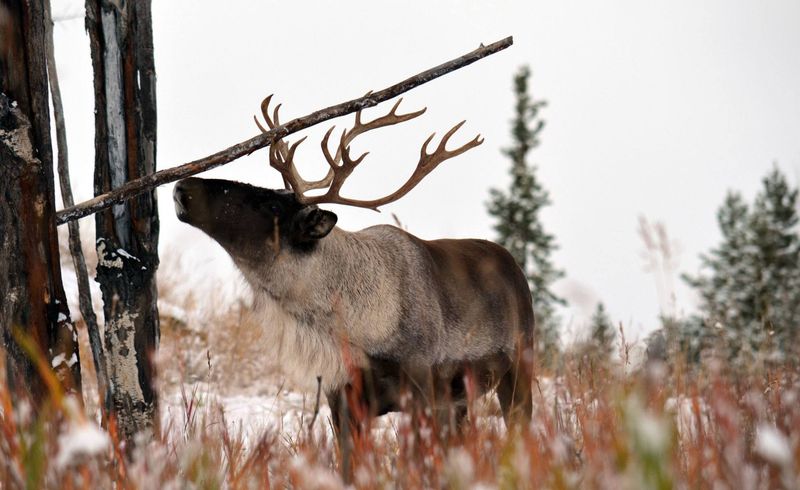
Farming, ranching, and timber harvesting might soon get free passes to impact endangered species. The new rule creates categorical exemptions for these industries regardless of their effects on wildlife.
A logging operation could clear-cut forests where spotted owls nest without consequences. These blanket exemptions remove case-by-case evaluation that previously balanced human activities with species needs, essentially declaring entire industries above conservation law.
7. Climate Change Adaptation Barriers

As temperatures rise, animals must adapt by shifting their ranges. Monarch butterflies follow changing plant cycles, while coastal species retreat from rising seas.
The rule changes create roadblocks in these survival journeys by limiting protections to current habitats only. Migration corridors and future refuge areas would lose legal safeguards, effectively trapping species in increasingly unsuitable environments as their historic ranges become uninhabitable.
8. Increased Extinction Risk For Plants

Green growing things face particular peril under the proposed changes. While animals can sometimes flee danger, plants remain rooted in place, completely dependent on habitat protection.
The Venus flytrap, found only in small Carolina wetland areas, could lose safeguards for its remaining habitat. Without legal protection from development and collection, these remarkable carnivorous plants and thousands of other rare flora could vanish within decades.
9. Reduced Protection For Unoccupied Habitat
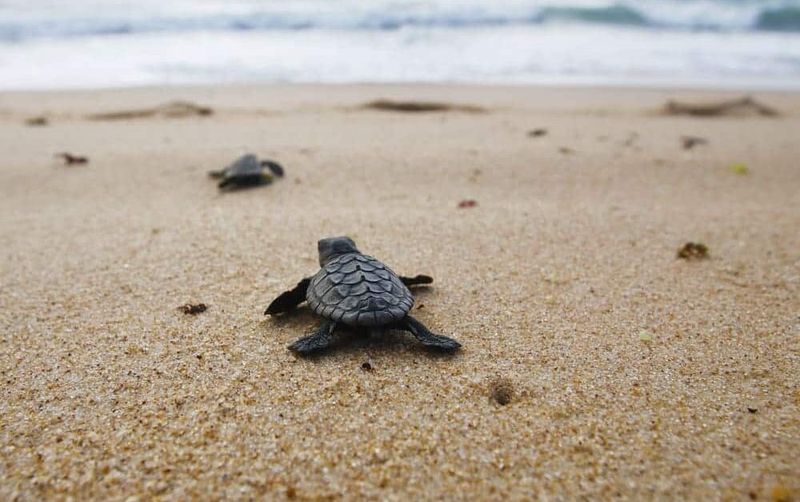
Sometimes the most important places for endangered species are areas they don’t currently inhabit. Seasonal breeding grounds, future recovery zones, and historical ranges all play crucial roles in species survival.
The rule changes would strip protections from these vital but temporarily empty habitats. For example, sea turtle nesting beaches used only briefly each year could lose year-round protection, leaving them vulnerable to development during non-nesting seasons.
10. Freshwater Species Left High And Dry

River dwellers face particular threats as waterway protections weaken. The proposed changes would limit habitat safeguards for stream sections where endangered fish, mussels, and amphibians currently live.
This ignores how water connects entire ecosystems. Pollution upstream eventually flows downstream, affecting all inhabitants. Without protecting entire watersheds, isolated pockets of protection become meaningless as contamination from unprotected areas inevitably spreads throughout connected waterways.
11. Private Landowner Incentive Reduction
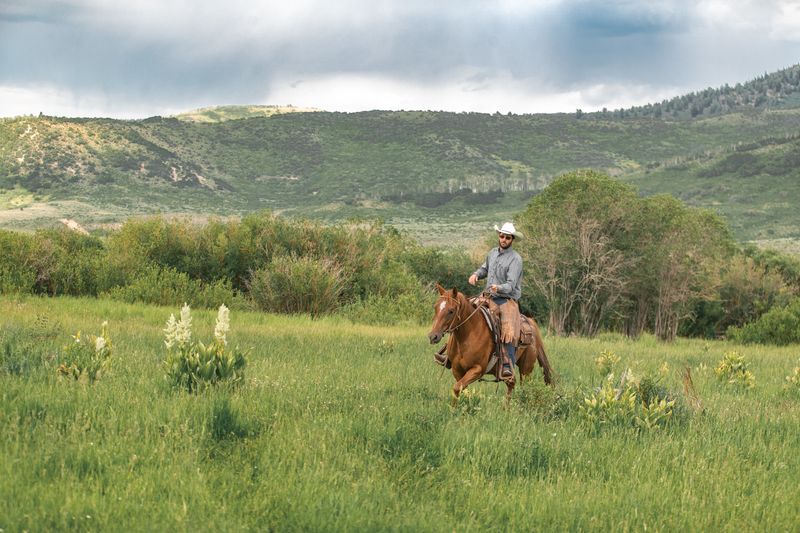
Collaboration with landowners has been key to species recovery success stories. Programs offering financial incentives for habitat conservation on private property have protected millions of acres.
The rule changes threaten these partnerships by reducing both requirements and rewards for conservation. With fewer regulations and incentives, private landowners may choose development over preservation. This shift could eliminate crucial habitats on the 70% of endangered species habitat found on private lands.
12. Fragmented Landscape Problems

Animals need connected territories to thrive, not isolated islands of habitat. Florida panthers require vast connected ranges to find mates and avoid inbreeding.
The proposed changes would allow developments to fragment remaining habitats into disconnected patches. These habitat islands become ecological traps where species slowly decline due to genetic isolation. Without protection for wildlife corridors linking habitat fragments, many species face a slow genetic death sentence.
13. Recovery Plan Implementation Hurdles
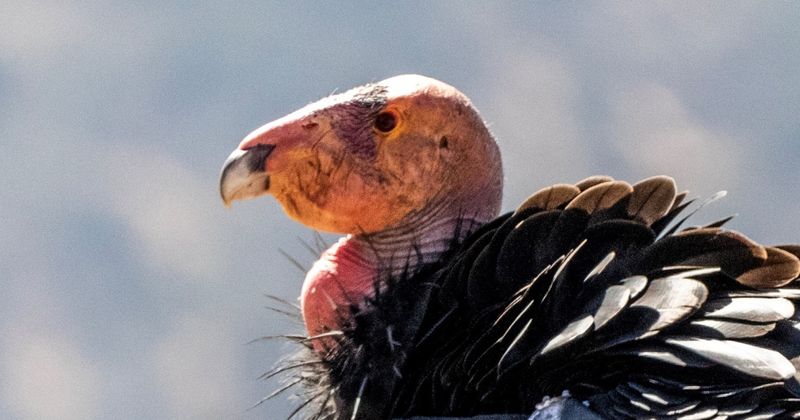
Getting species off the endangered list requires detailed recovery plans with specific habitat protections. These science-based roadmaps guide conservation efforts toward successful species restoration.
The rule changes would disconnect habitat protection from recovery planning. Without guaranteed habitat safeguards, recovery plans become wishful thinking rather than practical action plans. This disconnect threatens decades of careful conservation planning for hundreds of species currently working toward recovery.
14. Ecosystem Service Losses
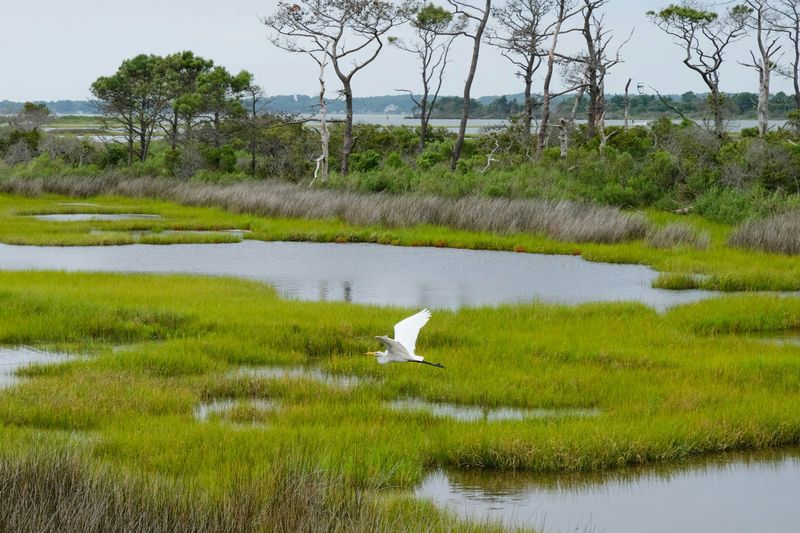
Protecting habitats safeguards more than just endangered species – it preserves nature’s free services. Wetlands filter water and reduce flooding, while forests clean air and store carbon.
When habitats lose protection, these ecosystem services disappear too. Communities near deregulated habitats may face increased flooding, poorer water quality, and reduced pollination for crops. The hidden economic value of functioning ecosystems far exceeds the short-term gains from habitat destruction.




